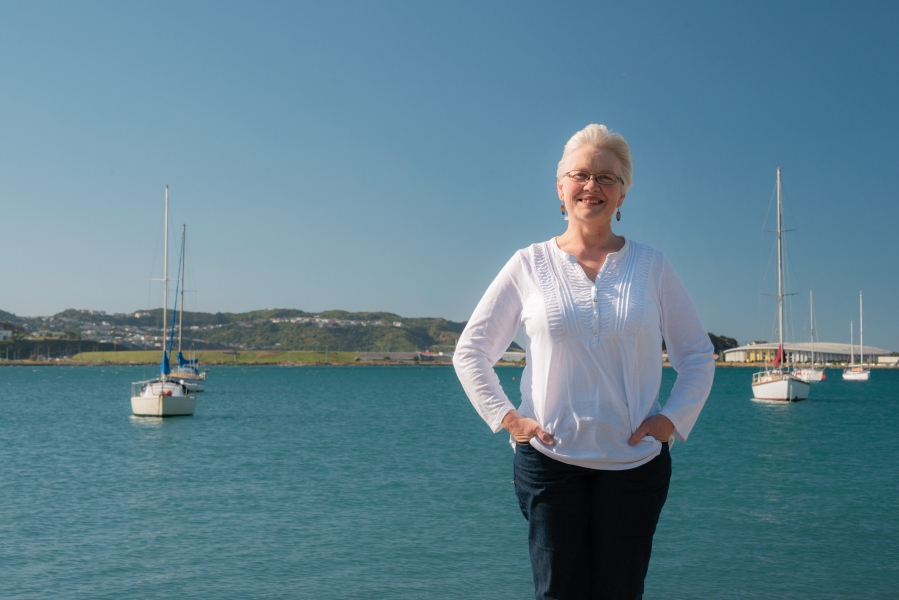Seaweed is being found growing deeper than thought possible, casting new light on the under-researched algae.
If ever there was an unsung hero of the planet, seaweed is quite possibly it.
These clever, versatile algae – in their many forms – provide a haven for fish to thrive and shellfish to breed, and feed millions of marine creatures. They also provide at least half the earth's oxygen and stop the chocolate in your chocolate milkshake from sinking to the bottom.
And according to NIWA Marine Biologist Dr Wendy Nelson not only are seaweeds extremely complex, they are also stunningly beautiful.
"Many people think of it as the smelly stuff that washes up on the beach or that you put on your garden, but once you start really looking at seaweeds you realise they are so much more."
Dr Nelson has spent years unlocking the secret life of seaweeds and has just written a guide to the more common varieties found around New Zealand's coastline.
New Zealand Seaweeds: An Illustrated Guide, published by Te Papa Press, is the first photographic identification guide to this country's unique marine algae and includes more than 500 illustrations. Dr Nelson has selected about 250 species of seaweed – also known as macroalgae – for the book, concentrating on the most conspicuous and commonly found seaweeds in New Zealand, and those that are especially distinctive.
Her selection covers just over a quarter of the known native seaweed flora found around New Zealand.
They range from the microscopic to those like Macrocystis that grow to more than 30m long. Seaweeds are classified in three main groups generally distinguished as red, brown and green – the colours the result of different photosynthesis processes.
Dr Nelson says scientists have recently discovered some seaweeds can grow at extraordinary depths not earlier believed possible due to a lack of light.
"Samples are now being collected at quite significant depths of 50–80m – that's pretty stunning to get the light penetration that far. In evolutionary terms, seaweeds are also completely different to land-based plants and have curious characteristics, such as complex life histories."
To get an idea of the seaweed landscape, Dr Nelson suggests imagining how many features on land, such as beech forests or tussock areas, are shaped by the vegetation. "It's the same underwater. Seaweeds shape the environment and create spaces for other species to live in."
Each entry in the book includes either underwater or coastal photographs, herbarium scans, microscopic photographs or reproductions from botanical artist Nancy Adams seaweed paintings published in 1994.
Dr Nelson also includes information on the coastal environment, macroalgal ecology, the uses of seaweed by Māori and its diverse commercial applications.
That's where the chocolate milkshake comes in. Seaweeds are used in a huge range of products, but make particularly good emulsifiers for products such as salad dressing, milk products, paint, toothpaste and hand creams because they hold small particles in a stable form.
"We use a range of seaweed compounds in our daily lives all the time."
Dr Nelson says the book should appeal to anyone with an interest in coastal and marine environments, but will also be helpful for everyone, from scientists to field workers to coastal enthusiasts.
*New Zealand Seaweeds: An Illustrated Guide is available in bookshops now, rrp $79.99.

